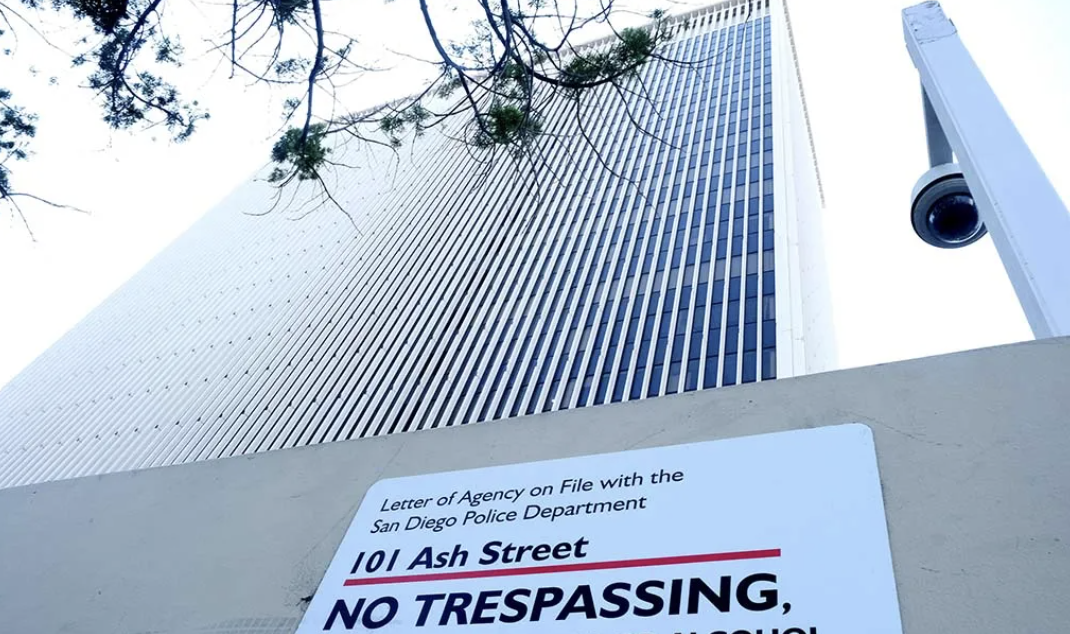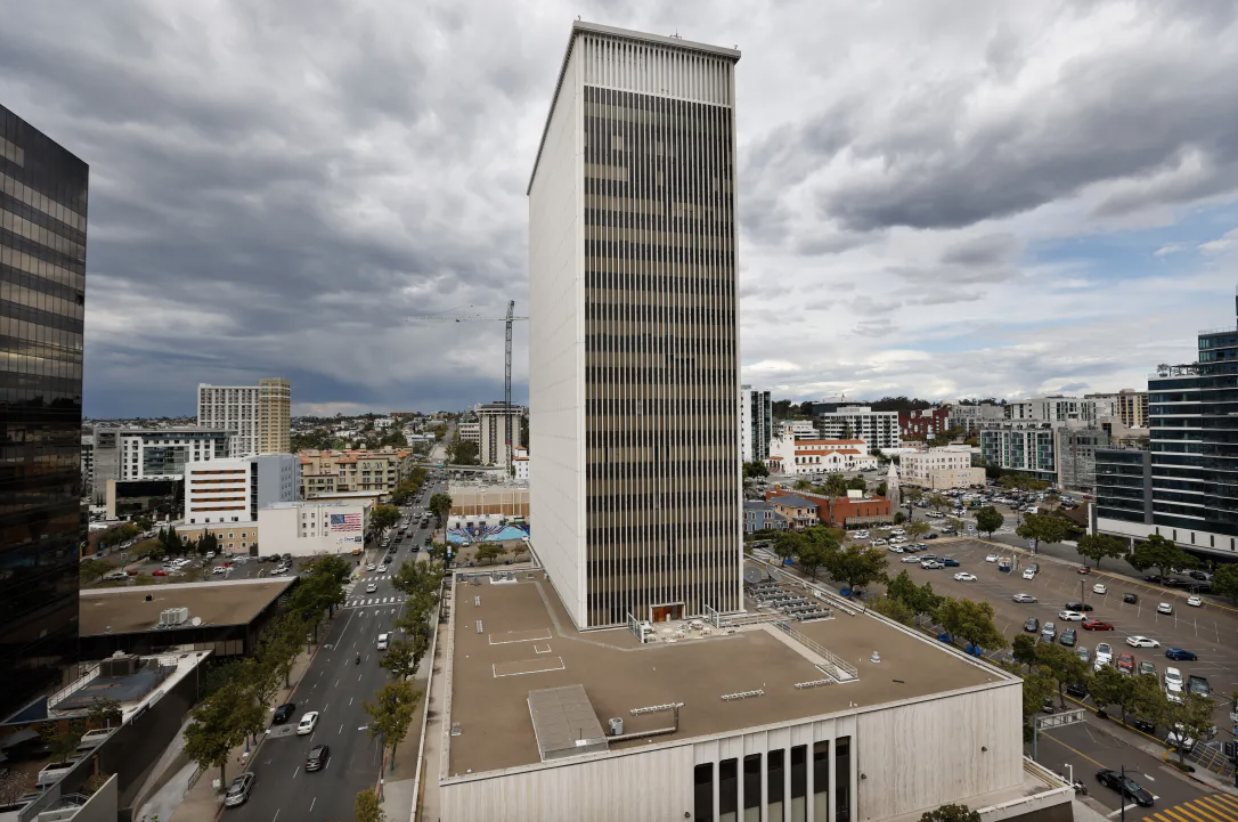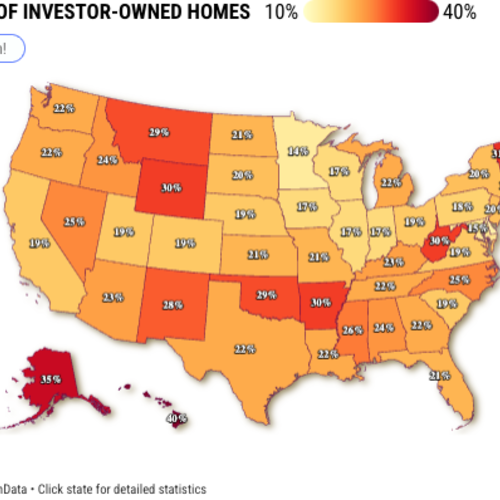San Diego’s most infamous building—101 Ash Street—is back in the spotlight. Once the epicenter of lawsuits, asbestos contamination, and nearly $100 million in sunk costs, the 21-story downtown office tower may soon see new life as affordable housing. The city’s proposed solution? A 60-year ground lease with developers MRK Partners and Create Dev LLC to convert the structure into 247 income-restricted apartments, along with retail space and a childcare center.
But as with everything involving 101 Ash, the path forward is anything but simple.
The Deal at a Glance
Under the proposed agreement, the city will issue a $45.6 million seller’s note to the developer—based on the building’s cost-based appraisal. In return, the city is projected to receive $90.2 million over the life of the lease. However, the present-day value of those payments, when adjusted for inflation and time, is just $3.6 million.
Critics argue this is a sweetheart deal for developers, especially since they won’t have to contribute upfront equity and will collect their full development fee before the city sees a dime. The gap between the developer’s appraisal ($45.6M) and the city’s ($3.9M) only adds to the controversy.
Still, some housing experts believe this may be San Diego’s best shot to transform a costly liability into a civic asset. The tower currently costs the city over $2 million annually in maintenance, yet remains vacant and uninhabitable. Converting it into affordable housing—especially in a region facing an acute housing shortage—offers a public benefit that could outweigh financial shortcomings.
What’s Proposed
If approved, the building would be transformed into:
- 247 affordable rental units for families earning 30–80% of the Area Median Income (AMI)
- 3 manager units
- 25,000 sq. ft. of ground-floor retail
- A 4,000 sq. ft. child care center
The development hinges on securing competitive low-income and historic tax credits. Without them, the deal dissolves. And with rising project costs now estimated at $267.6 million (nearly $1.1 million per unit), the pressure to deliver is mounting.

A Risky Yet Strategic Pivot
While the city won’t collect any payments until year 15, it will retain ownership of the building at the end of the 60-year lease. The financial model assumes most of the note won’t be repaid in cash. Instead, San Diego would regain control of the improved property, along with the benefit of decades of affordable housing.
Yet concerns remain—from transparency issues to the developer’s track record. Legal challenges have already emerged, and questions about conflicts of interest continue to swirl around one of the project’s key figures, who currently sits on the city’s Planning Commission.
Why It Matters
The saga of 101 Ash is emblematic of the complex intersection between public policy, real estate finance, and political accountability. It’s a cautionary tale—but perhaps also a second chance. If successful, the project could offer much-needed housing while finally turning the page on one of the city’s most costly real estate blunders.
Whether this bold move becomes a civic comeback story or another chapter in a troubled legacy remains to be seen. But one thing is certain: the fate of 101 Ash Street is no longer just about the past—it’s about the future of housing in San Diego.


